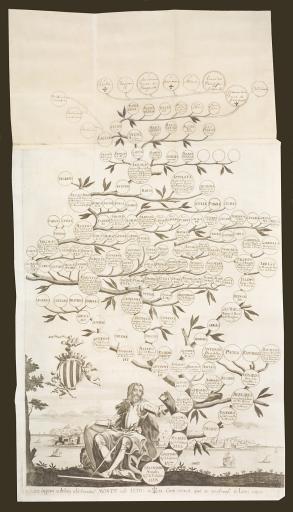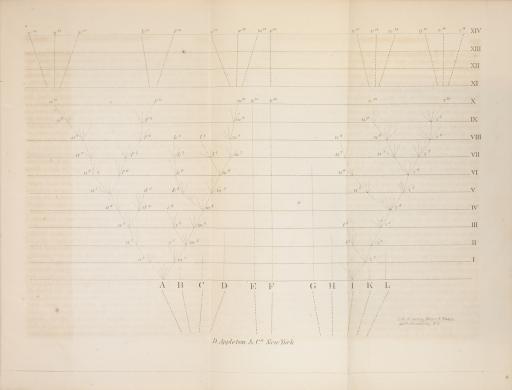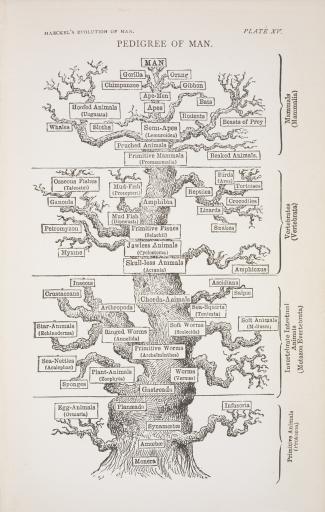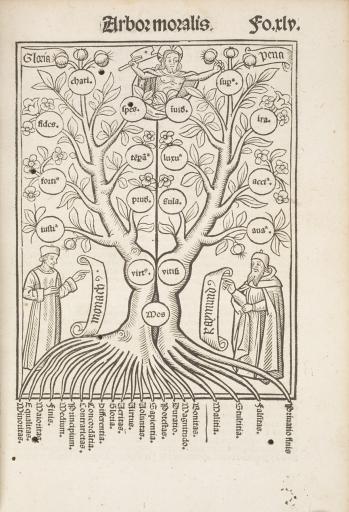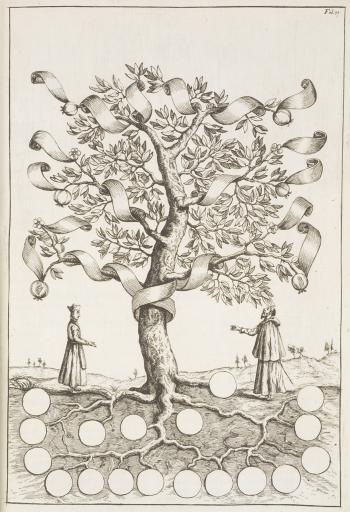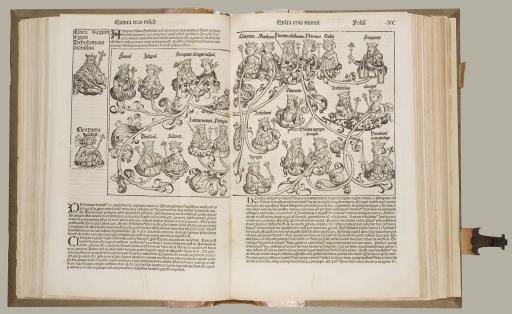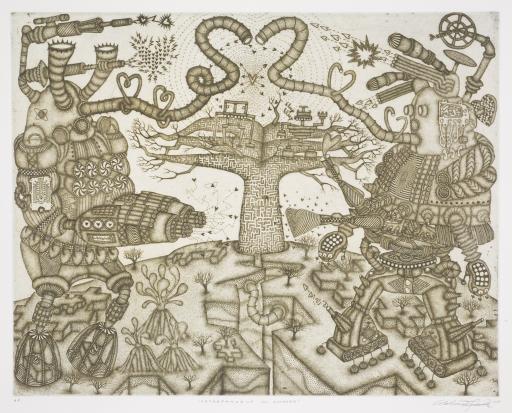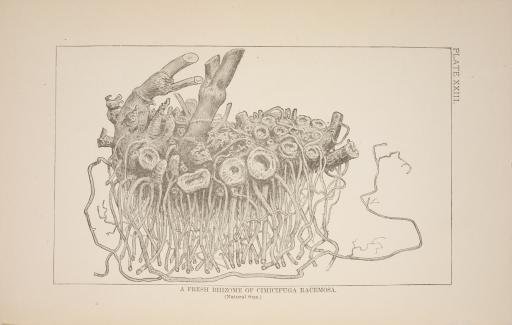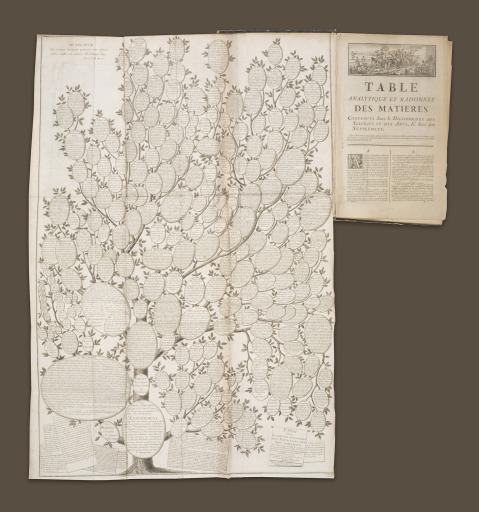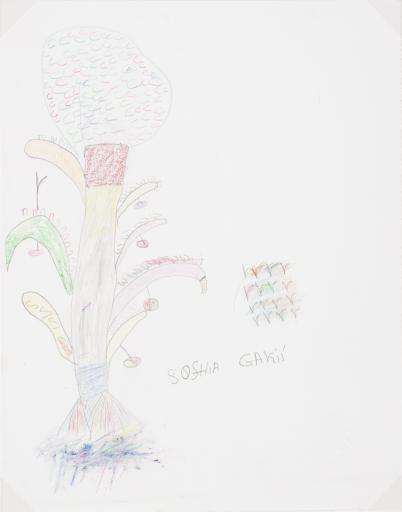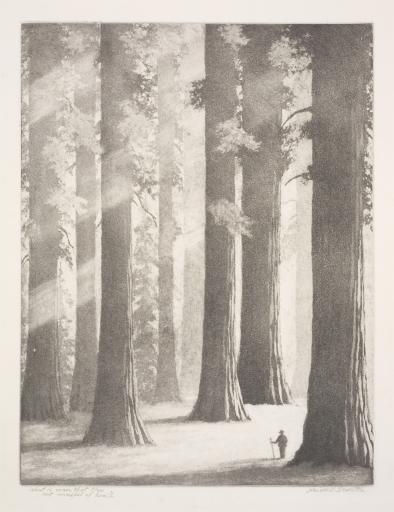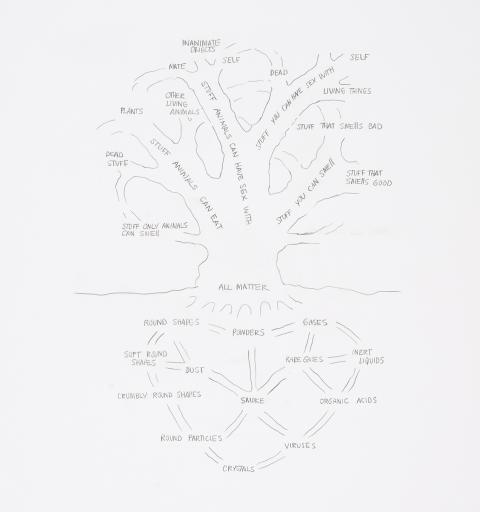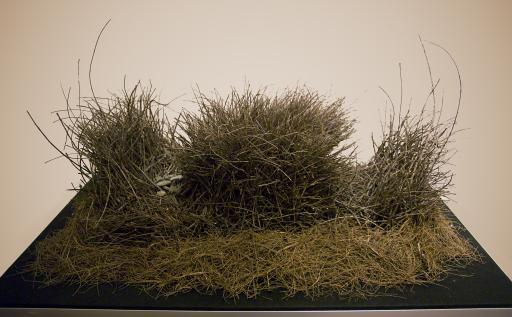Trees & Other Ramifications: Branches in Nature & Culture
Exhibition
Exhibition Overview

Trees & Other Ramifications: Branches in Nature & Culture
Stephen Goddard, curator
March 5, 2009–June 7, 2009
Central Court, Spencer Museum of Art, University of Kansas, Lawrence, Kansas
Trees and other Ramifications offers an open-ended look at some of the many ways that trees are meaningful to humanity and important in the natural world.
Exhibition images
Works of art
F. O. Marvin
Sketch Club Feed,
1888
Birger Sandzén
Giant Cedars,
1922
Jerry Norman Uelsmann
Apocalypse II,
1967
Carleton Emmons Watkins
Grizzly Giant, Mariposa Grove,
circa 1859
Karl Blossfeldt
Eryngium Bourgatii Mannetreau,
circa 1926–1928
Elliott Erwitt
Friedensreich Hundertwasser
Jacob van Ruisdael
The Cottage on the Hill,
1650s
Grant Wood; Associated American Artists; George Charles Miller
Tree Planting Group,
1937
Dr. Harold Eugene Edgerton
White of the Eye,
1979
David Johnson
Oak with Man in Hammock,
1883
Kenji Nakahashi
Trimming,
1987
Birger Sandzén
Ansel Adams
Redwoods, Bull Creek Flat, Northern California,
circa 1960
Mildred Bryant Brooks
Among Branches,
1941
Rockwell Kent
Mary Nimmo Moran
Carl Wilhelm Kolbe the elder
Wilhelm Hammerschmidt
Joan Nelson; Cirrus Editions Ltd.
George Elbert Burr
Howard Norton Cook
Wind in the Elms,
1926
Robert Kipniss
Spring Secrets,
1980
Mark Leithauser
The Little Pigeon,
1981
Mark Leithauser
Birches,
1980
Tanaka Ryōhei
Trees #3,
1974, Showa period (1926–1989)
Jan Toorop
William Sharp; John Fisk Allen
Württemberg Metal Factory
dessert fork,
circa 1905
Jacques Callot
Hieronymus Cock; Jan and/or Lucas van Doetecum; Master of the Small Landscapes
Village Street,
1559–1561
Franz von Stuck
Forellenweiher (Trout Pond),
circa 1890
Donald Resnick
Shoreline,
circa 1997
Donald Resnick
Woods/Morning,
1998
Wiliam Alfred Delamotte
Charles Merrick Capps
Mountain Cottonwoods,
1957
George Grosz
Doug Starn; Mike Starn
Structure of Thought 15,
2001–2005
Linda Connor
Charles Chaplin
Edge of the Forest,
1965
Charles Chaplin
In the New Forest Glade,
1962
Jacques Hnizdovsky
Copper Beech,
1985
Francois Houtin
Abecedaire,
2004
Roger Medearis
Native Oak,
1979
Shigeki Tomura
untitled,
1979
Pok Chi Lau
Pok Chi Lau
Pok Chi Lau
Sterculia snowII Lesquereux (type) (fossil leaf),
Cretaceous period, collected mid to late 1800s
Isidore of Seville
Bartolomeo Da Grado
Charles Darwin
Tree of Life,
1860
Ernst Haeckel
Ramon Llull
Ramon Llull
Lindley Eddy
Michael Wolgemut
David Byrne
Arboretum,
2006
Valerie Lueth
Programmable Do-Gooders,
2004
J. Augustus Knapp
A Fresh Rhizome of Cimifuga Racemosa,
date unknown
Robert Bernard
Ad Reinhardt; Thomas B. Hess; Kunsthalle, Dusseldorf
Xu Bing; Sophia Gakii
untitled (tree),
2008
Klaus Staeck
Harold Lukens Doolittle
What is man that thou art mindful of him? Psalm 8, 4,
date unknown
David Byrne
David Byrne
David Byrne
Being There,
2004
Yellow-Breasted Bowerbird
bower,
date unknown
Resources
Audio
Didactic – Art Minute
Didactic – Art Minute
Episode 184, Episode 185
Apr-2009
I’m David Cateforis with another Art Minute from the Spencer Museum of Art. The early 20th-century German photographer Karl Blossfeldt is famous for his starkly elegant black-and-white photographs of plant forms. An impressive example of such work is a photograph Blossfeldt made in the 1920s of a single leaf of a thistle-like plant known as an eryngo or sea holly; its scientific name is Eryngium Bourgatii. This close-up view of the dark symmetrical leaf set against a white background emphasizes its strong vertical stem and diagonally branching spines. Simultaneously beautiful and menacing, the isolated leaf calls to mind a spiky architectural ornament and it is easy to imagine it translated into metal or stone. An influential art teacher in Berlin, Blossfeldt believed that nature’s forms provided aesthetic models for artistic and architectural design -- an idea that he demonstrated powerfully in his 1928 book Artforms in Nature, in which this image of the eyrngo was originally published. You can see Blossfeldt’s photograph in the current Spencer exhibition, Trees and Other Ramifications, on view through May 24th. From the Spencer Museum of Art, I’m David Cateforis.
Didactic – Art Minute
Didactic – Art Minute
Episode 179
Feb-2009, Jayme Johnson
I’m David Cateforis with another Art Minute from the Spencer Museum of Art. Visiting KU art professor Stacy Fox has designed the new Spencer Museum of Art Island in Second Life® which explores the world of art by going virtual. Second Life® is an Internet-based virtual realm allowing players to create their own virtual characters or avatars and explore the world that has been created by other users just like themselves. The Spencer Island presently relates to the exhibitions Climate Change at the Poles and Trees & Other Ramifications. Currently home to a large flooded area covered in icebergs, glacial information, enormous trees and a floating globe, the world will continue to evolve to incorporate future exhibitions and works from the permanent collection. In addition to the virtual world, this spring the museum’s Process Space will host a computer which visitors can use to explore the Second Life® Island. For more information about Second Life® or to download instructions on how to create your own avatar and begin your virtual adventure, please visit www.spencerart.ku.edu. With thanks to Jayme Johnson for her text, from the Spencer Museum of Art, I’m David Cateforis.
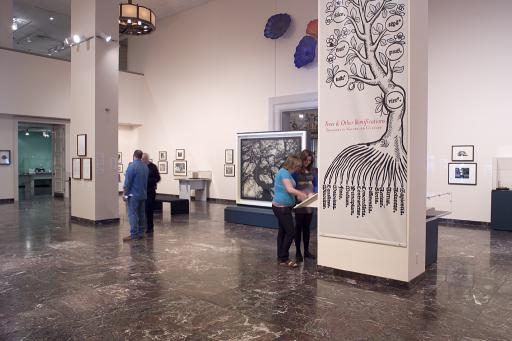
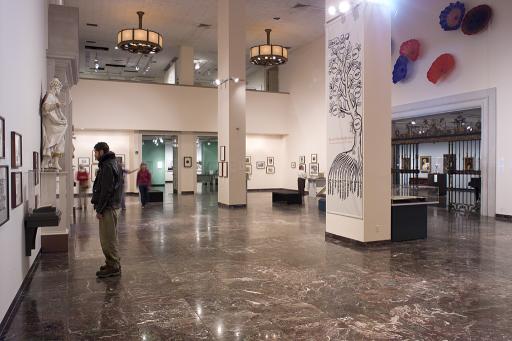
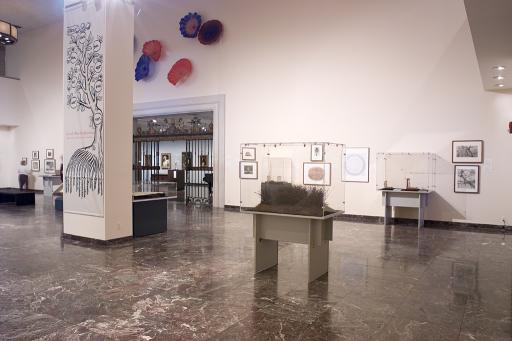
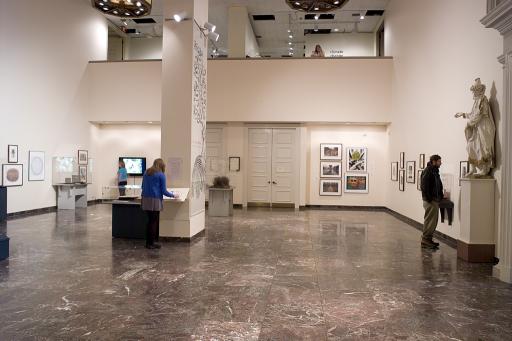
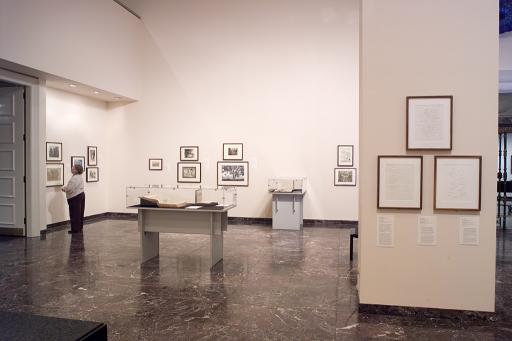
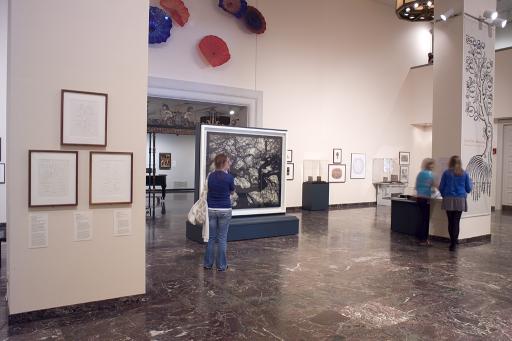
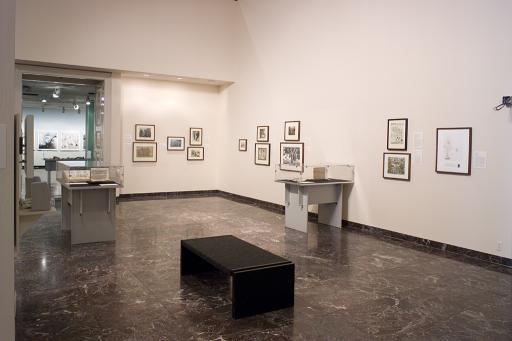
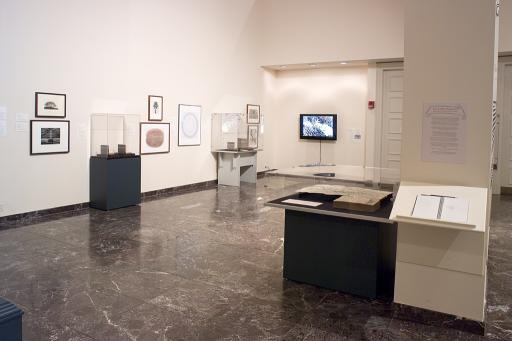
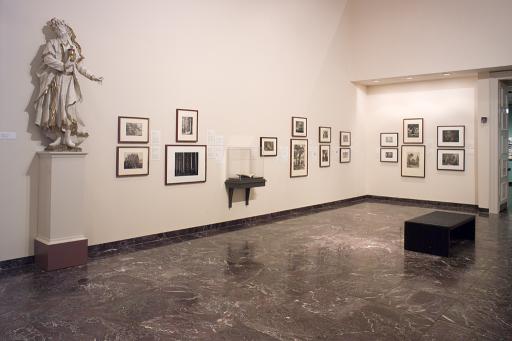
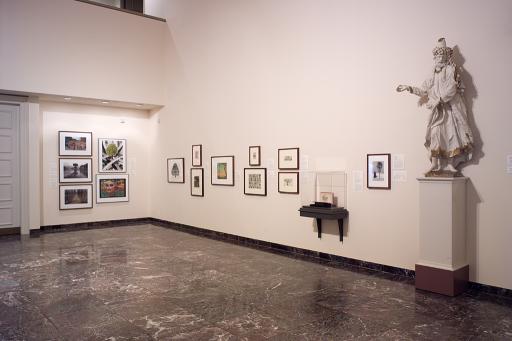
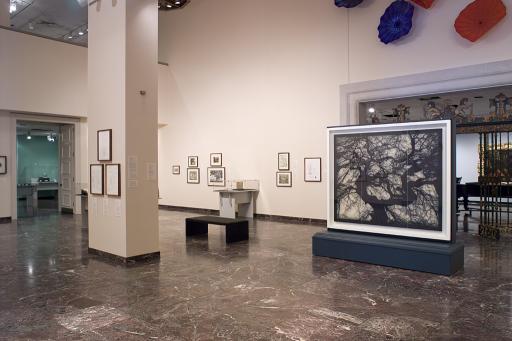
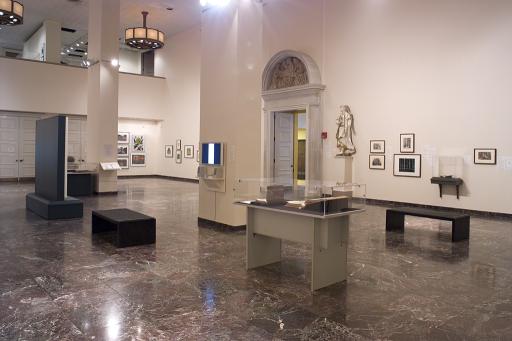
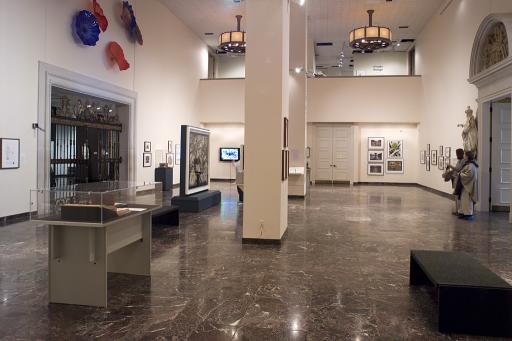
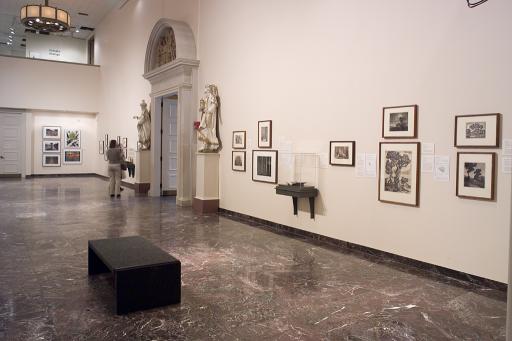
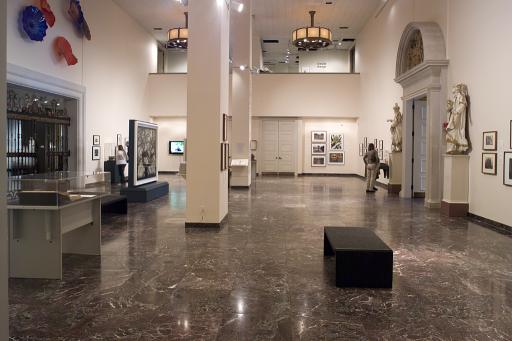
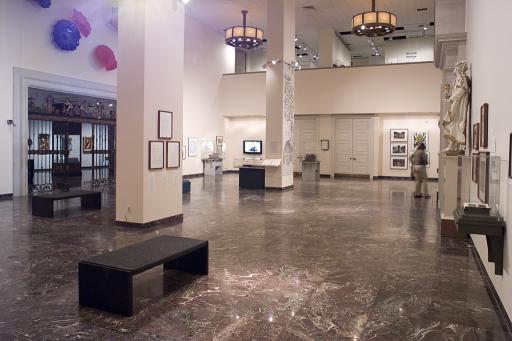

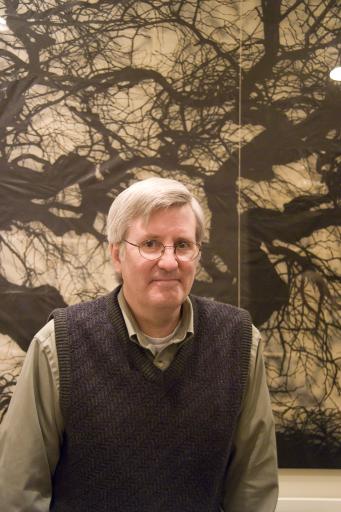
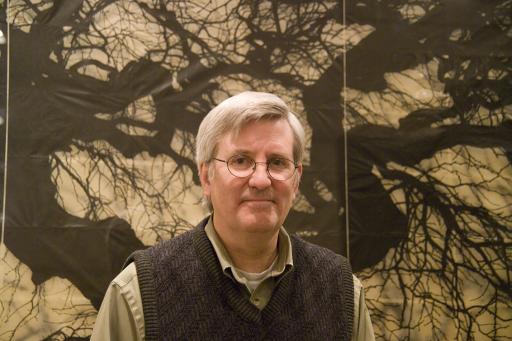
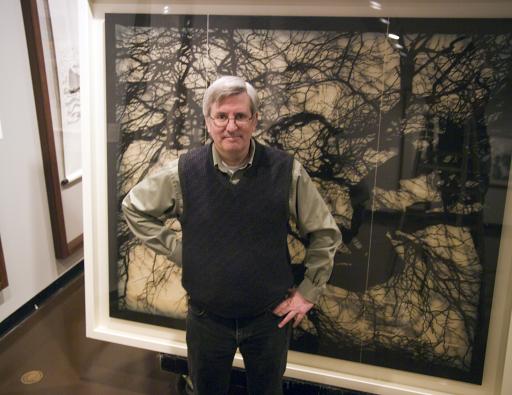
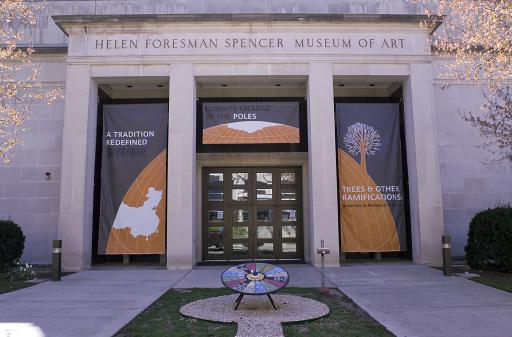
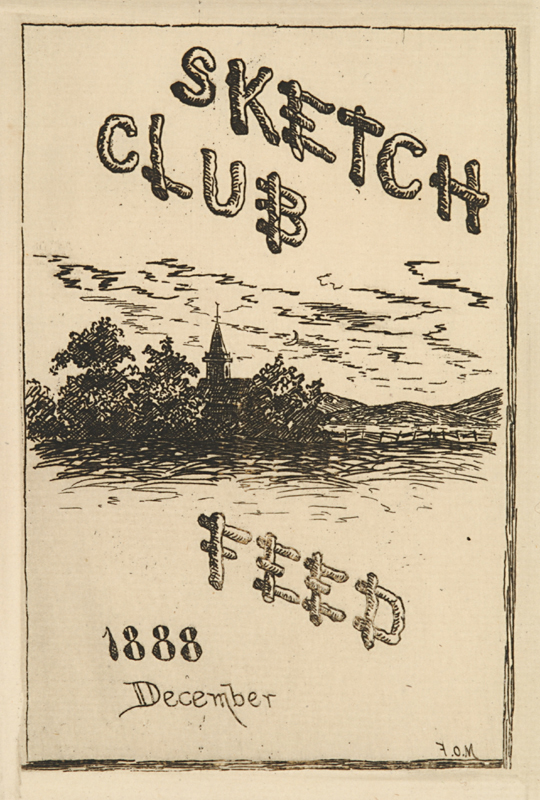


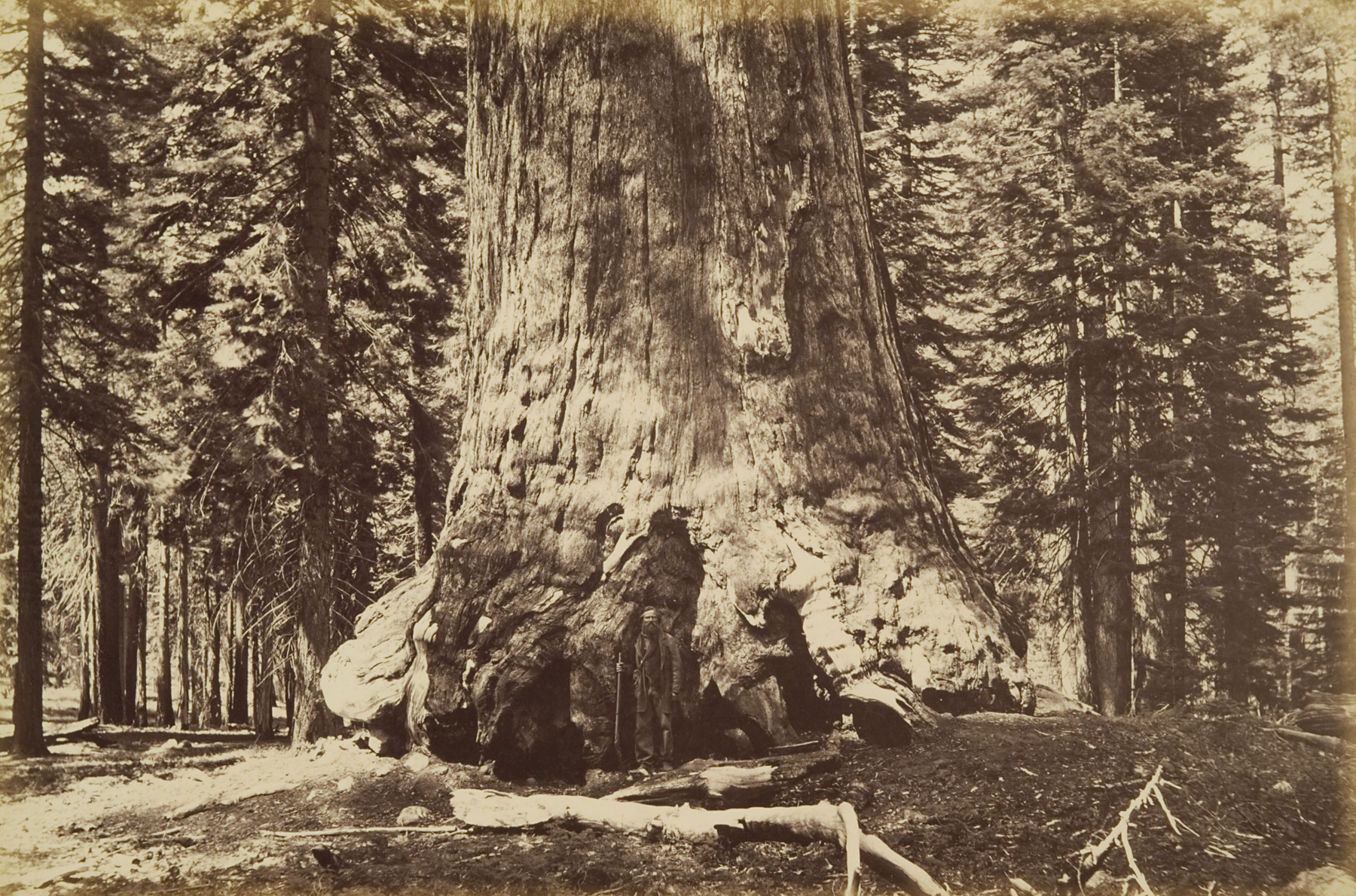

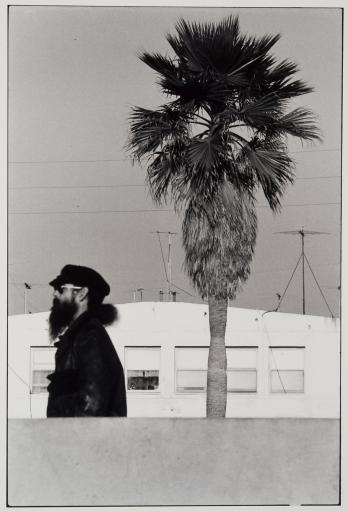


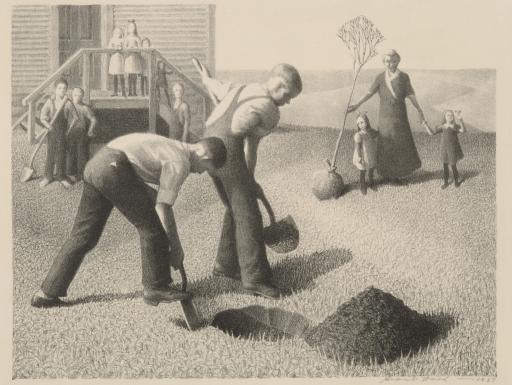
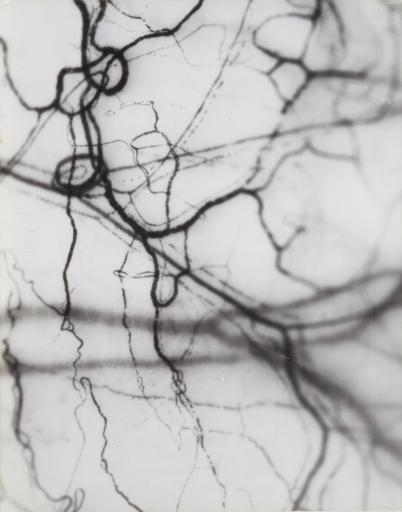


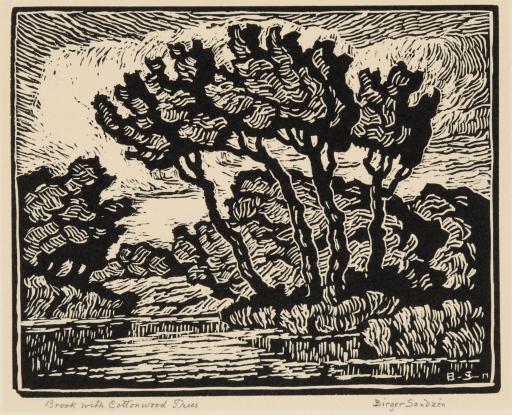
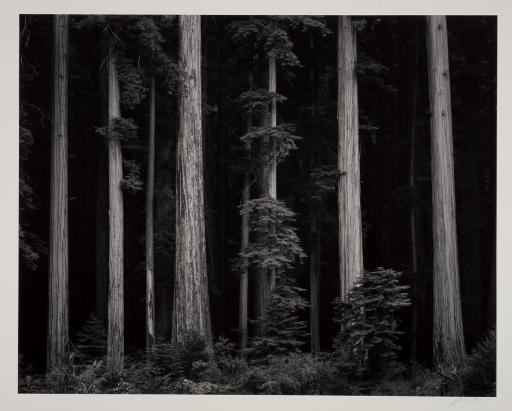
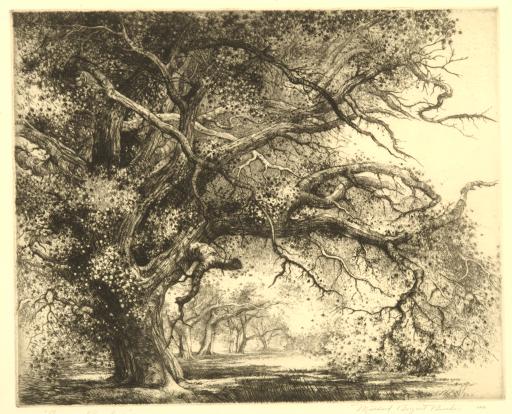
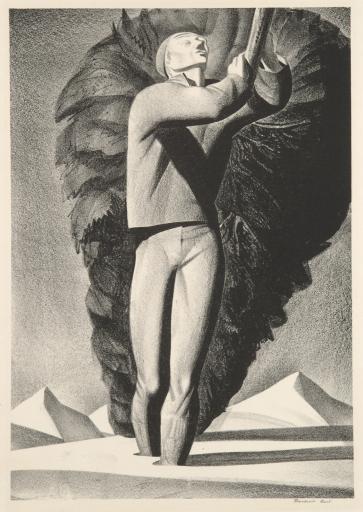
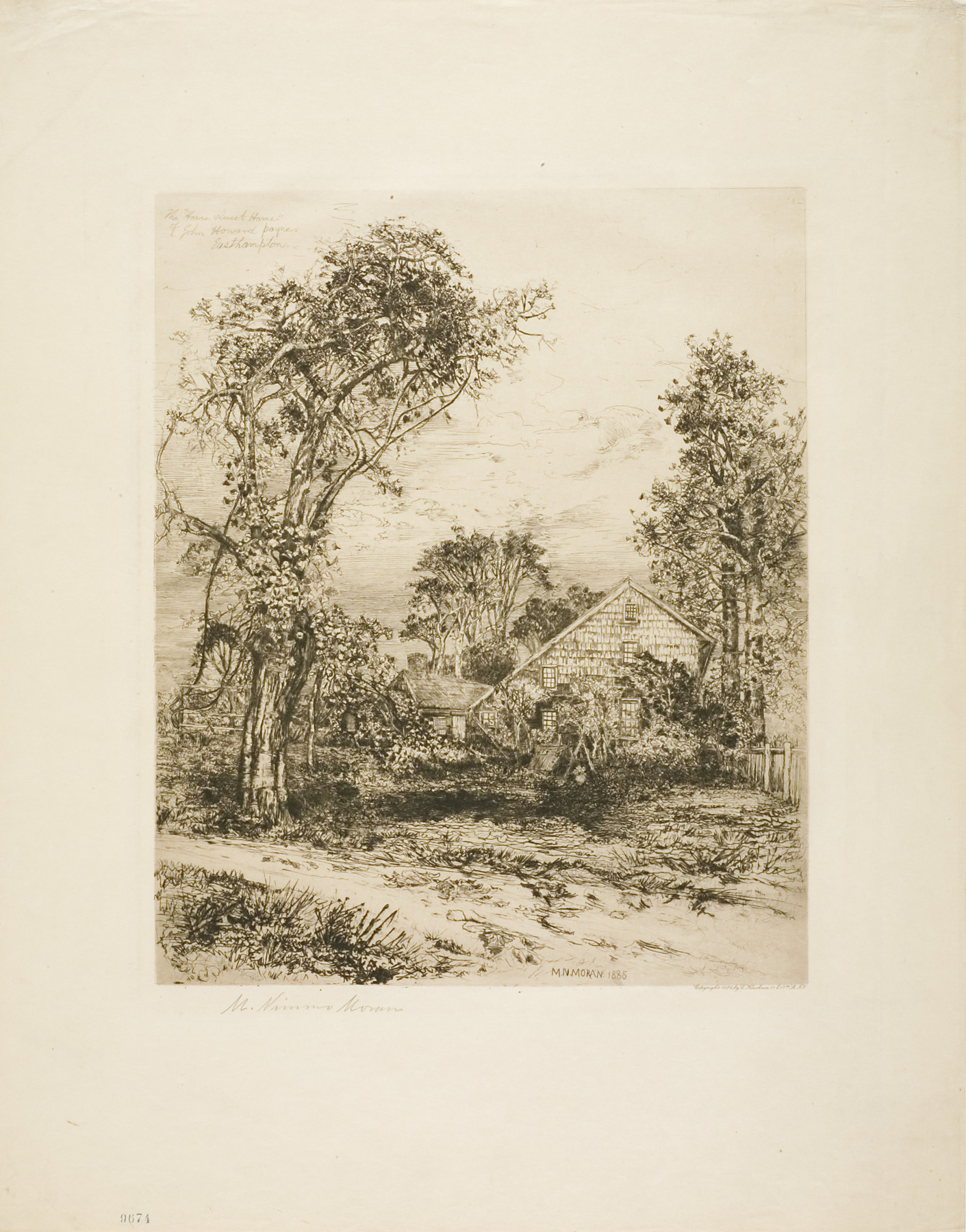

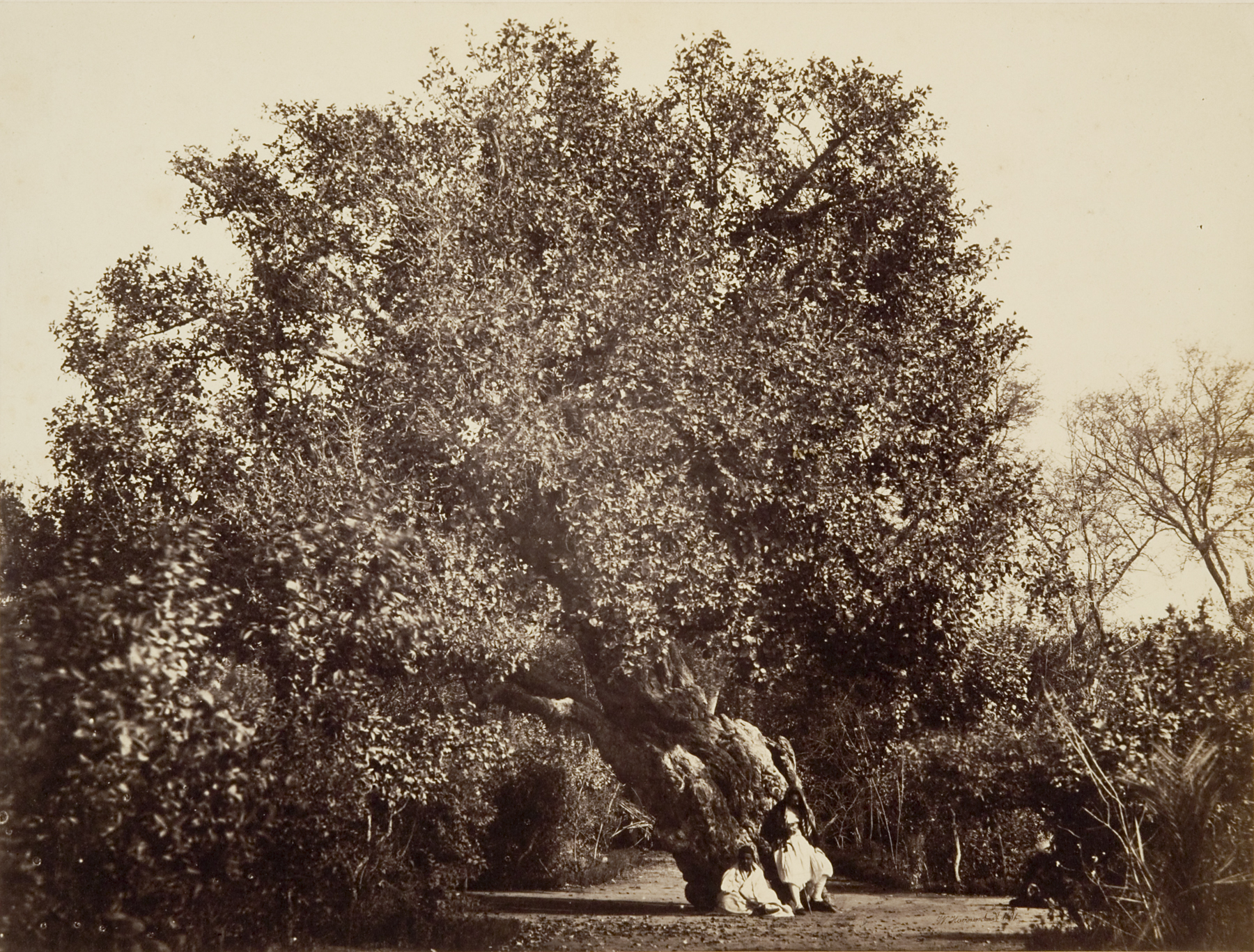
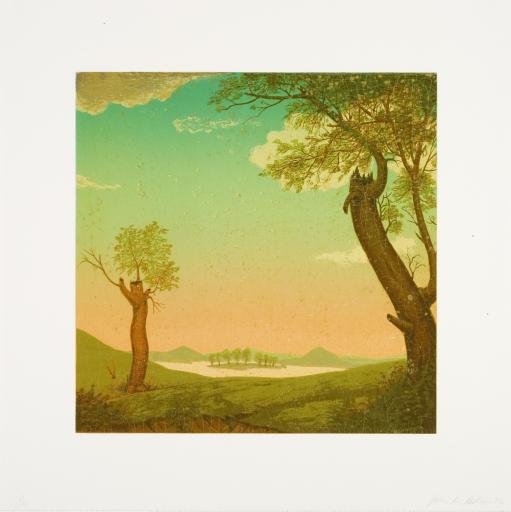
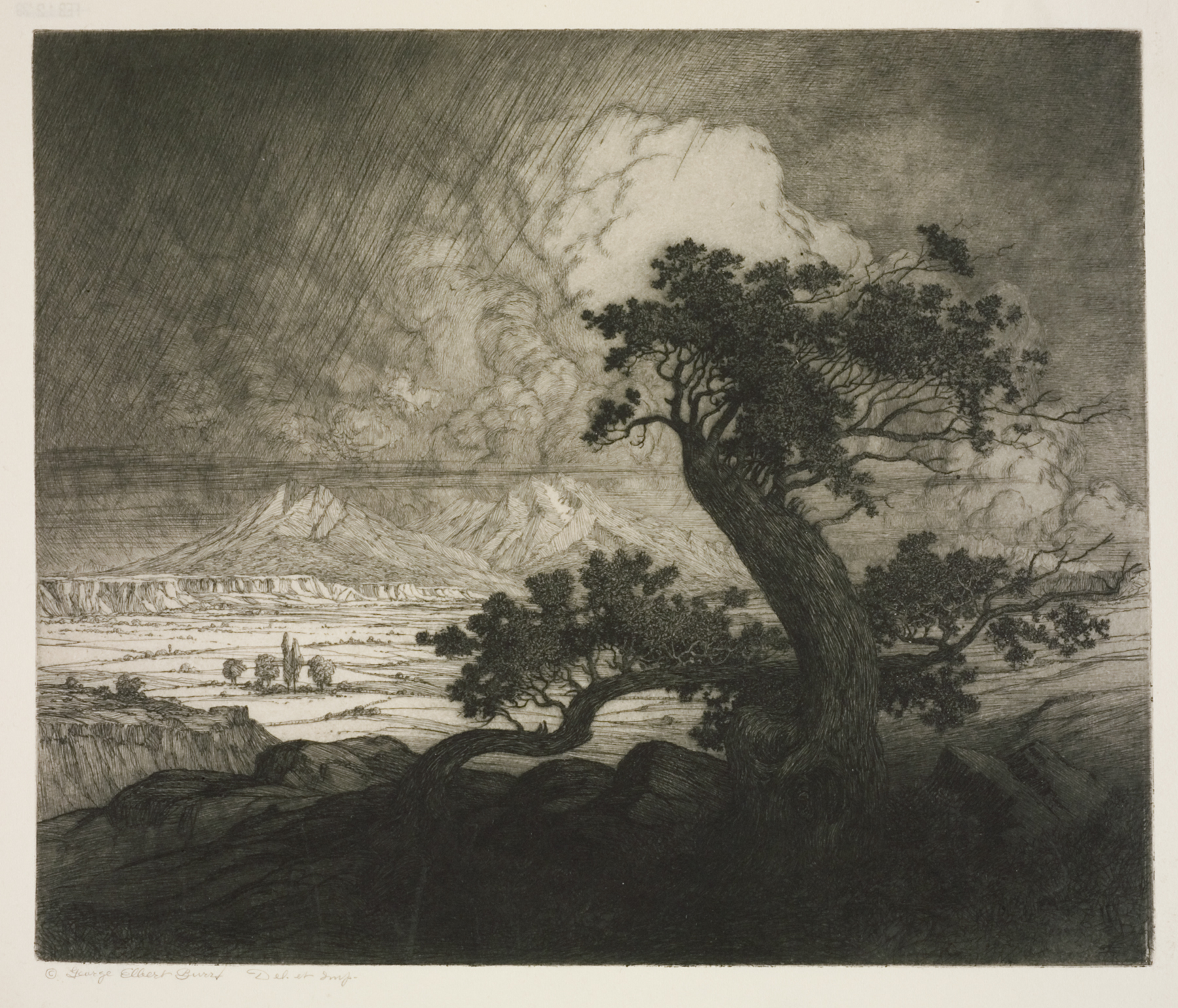
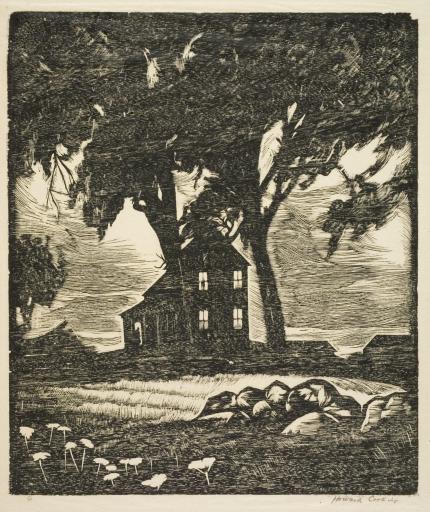
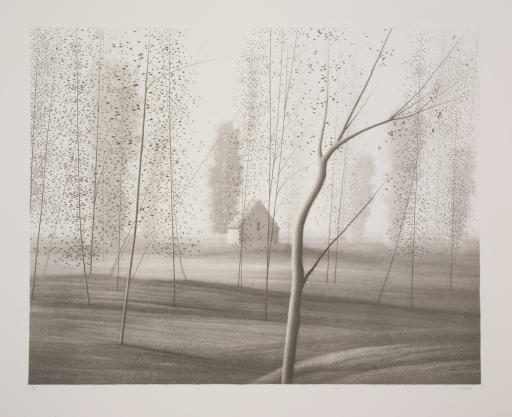

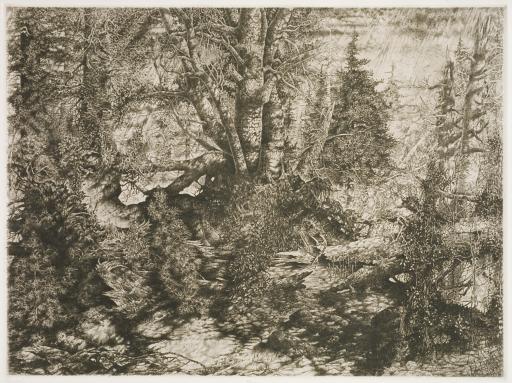
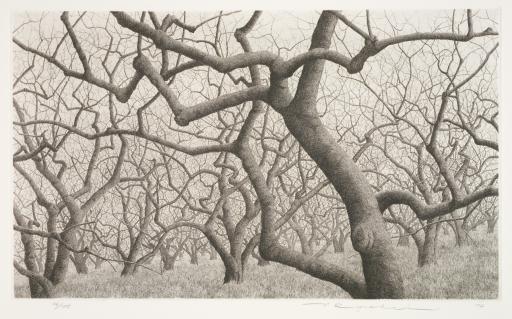
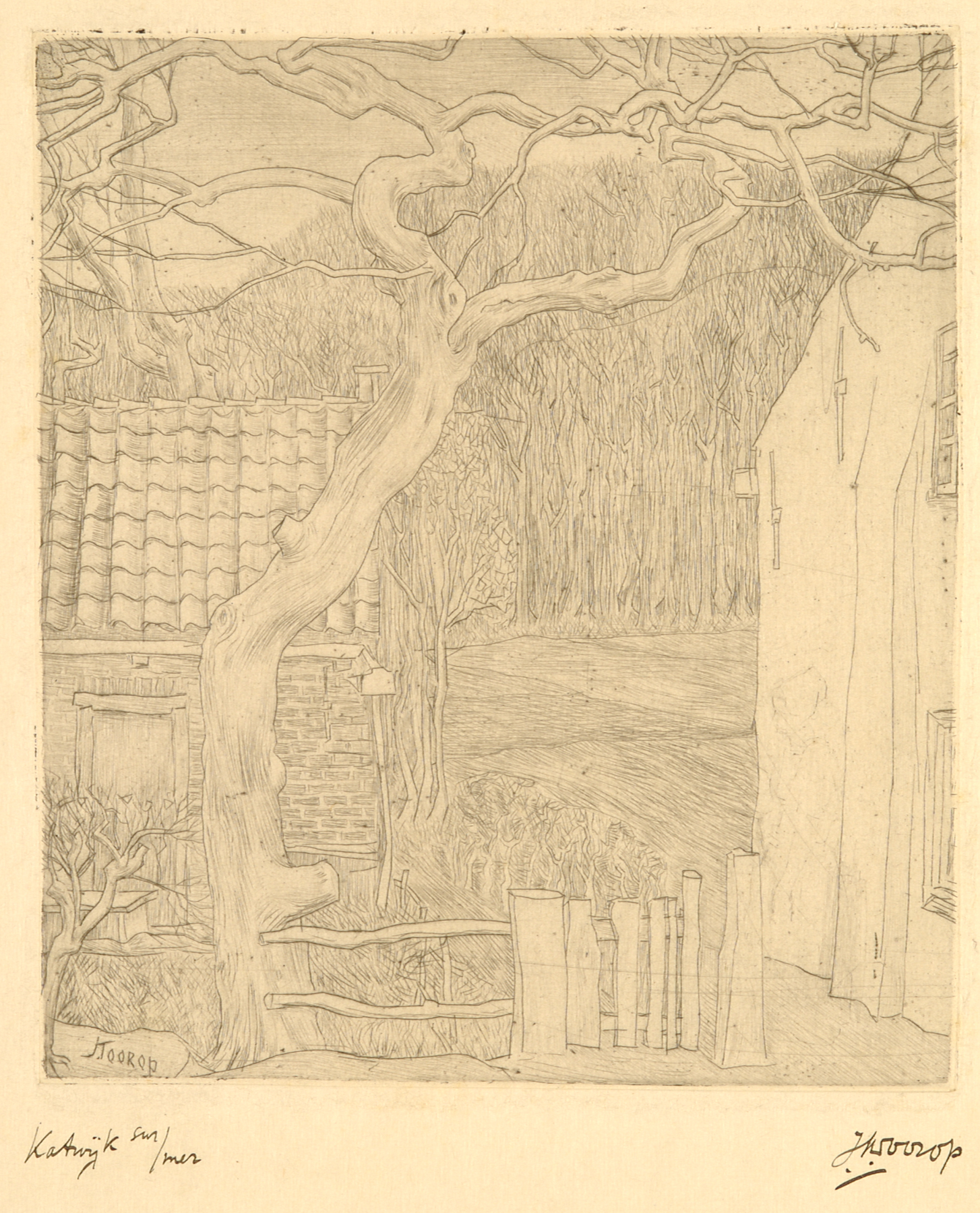


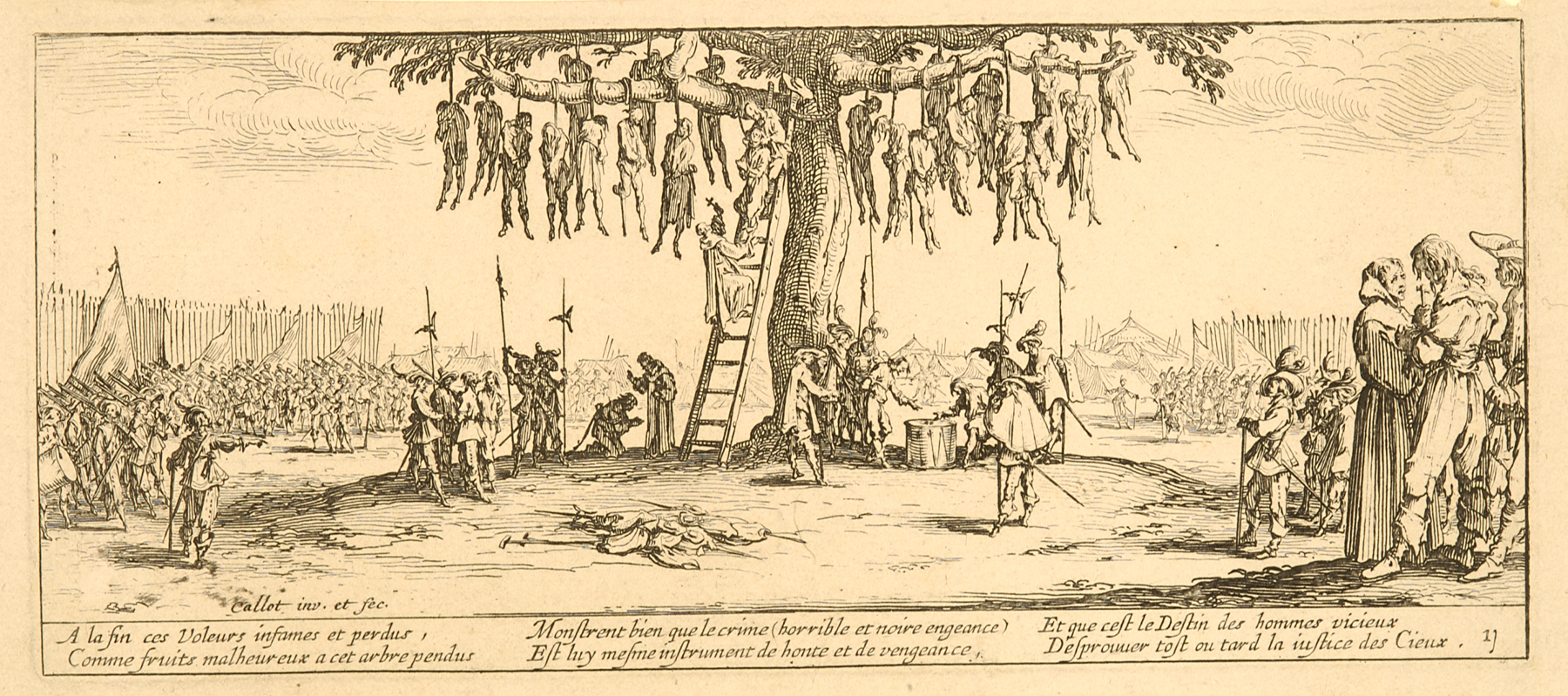
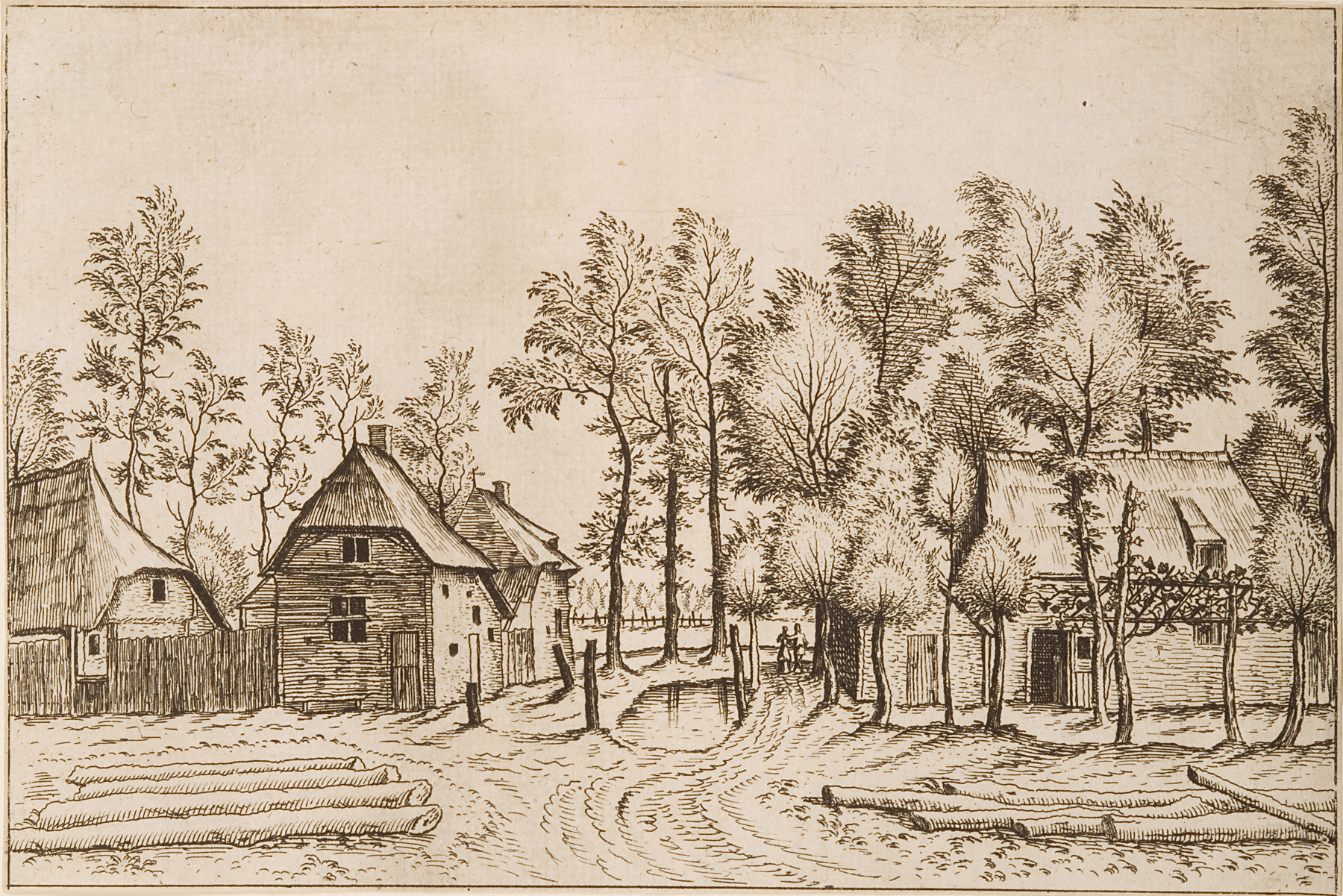
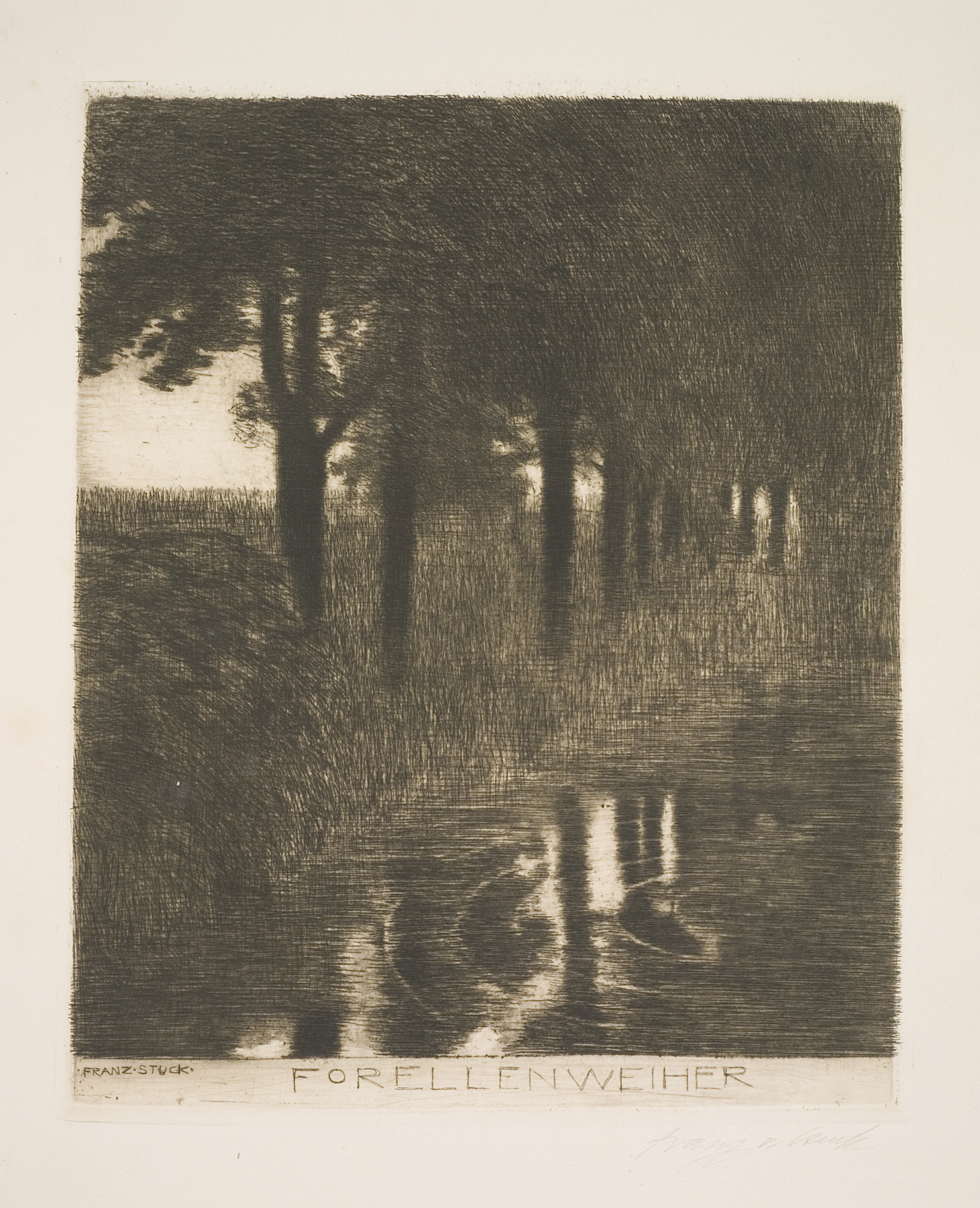

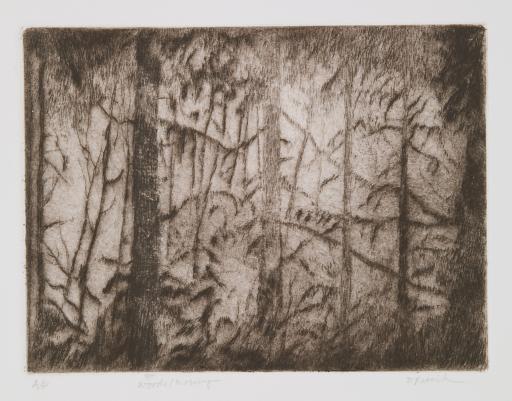
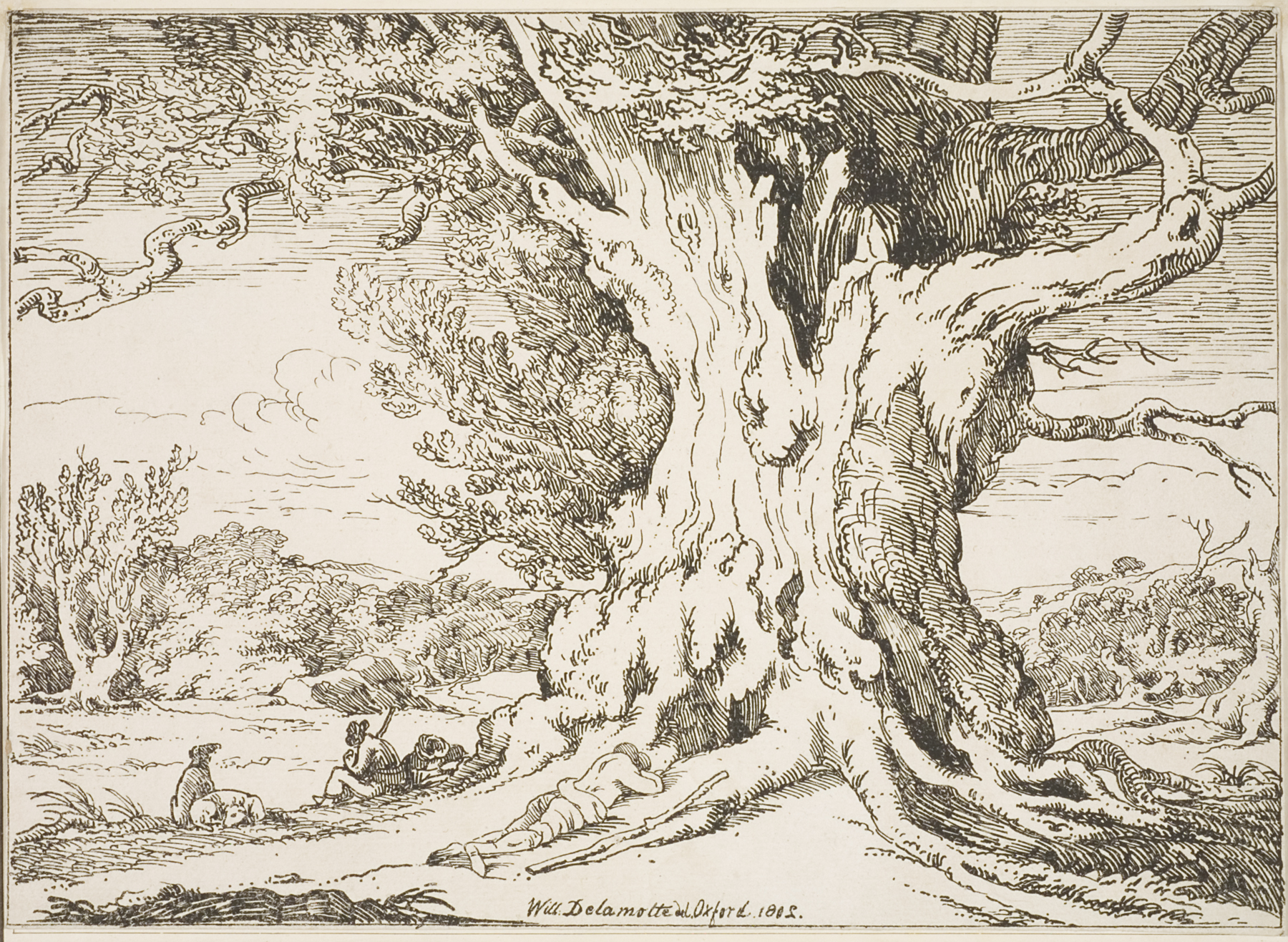
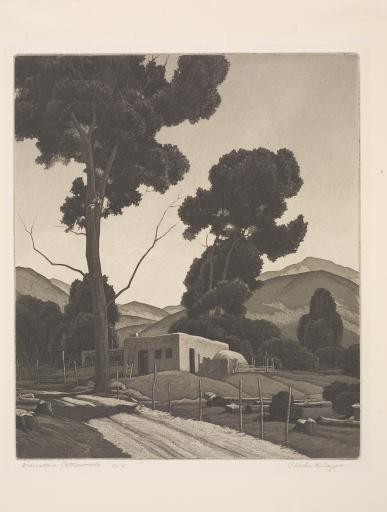
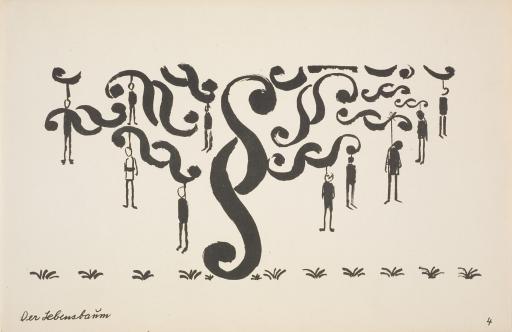

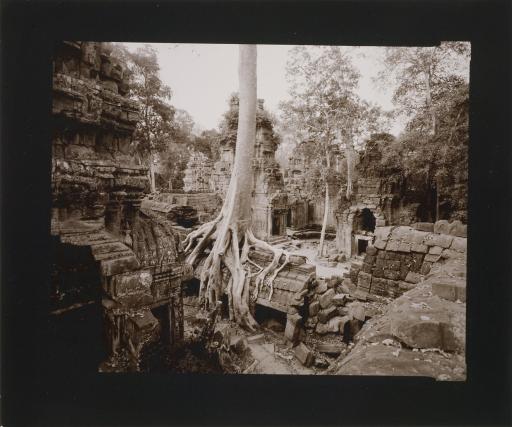
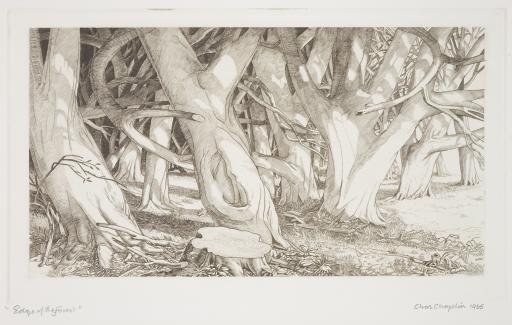

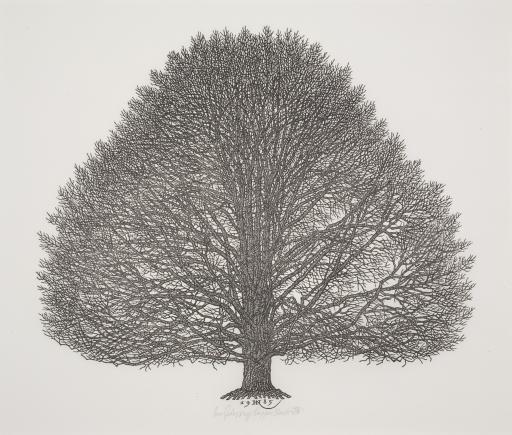
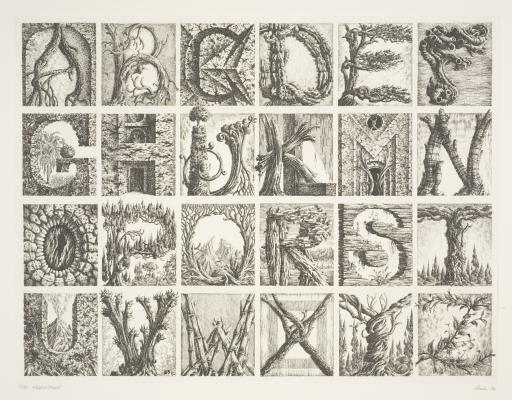
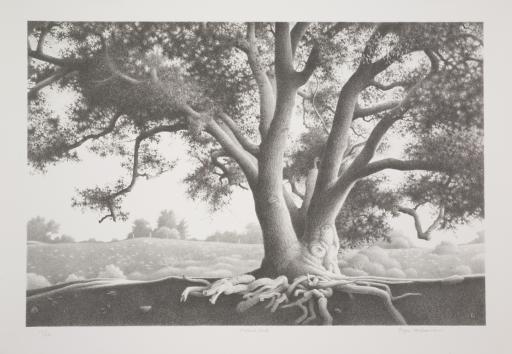

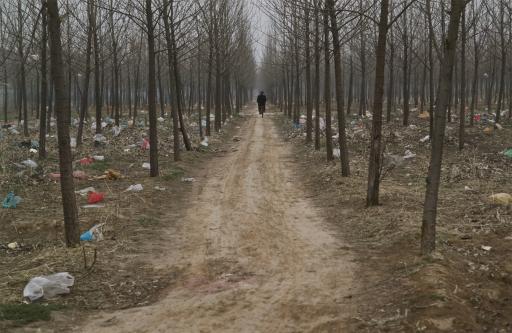
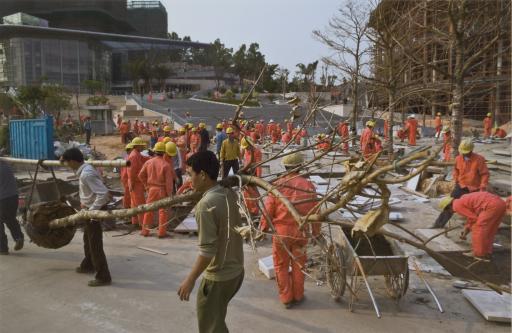
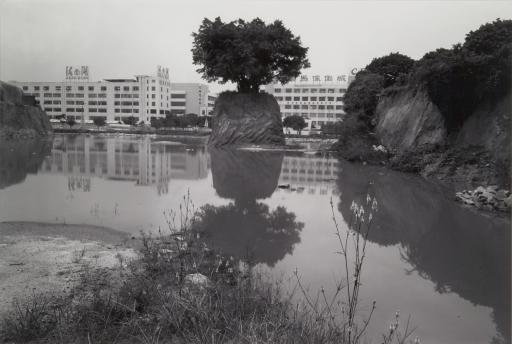
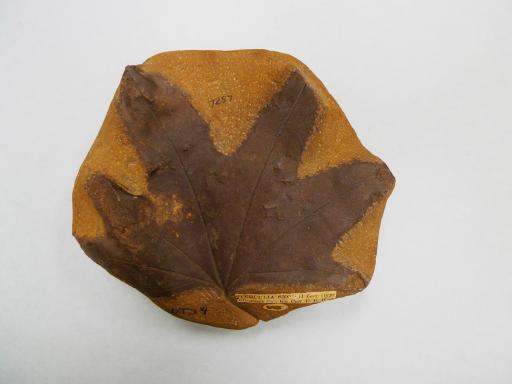
![Hec est arbor Consanguineitatis (Here is the Tree of Blood Relationships) from Etymologiae. Liber Ethymologiarum Isidori Hyspalensis Ep[iscop]i., Isidore of Seville](https://sma-search-api.ku.edu/ea4208842c08996bda056e641cd793b4b74066379b42086fda0a837d677233f8/EL2009.015.jpg)
